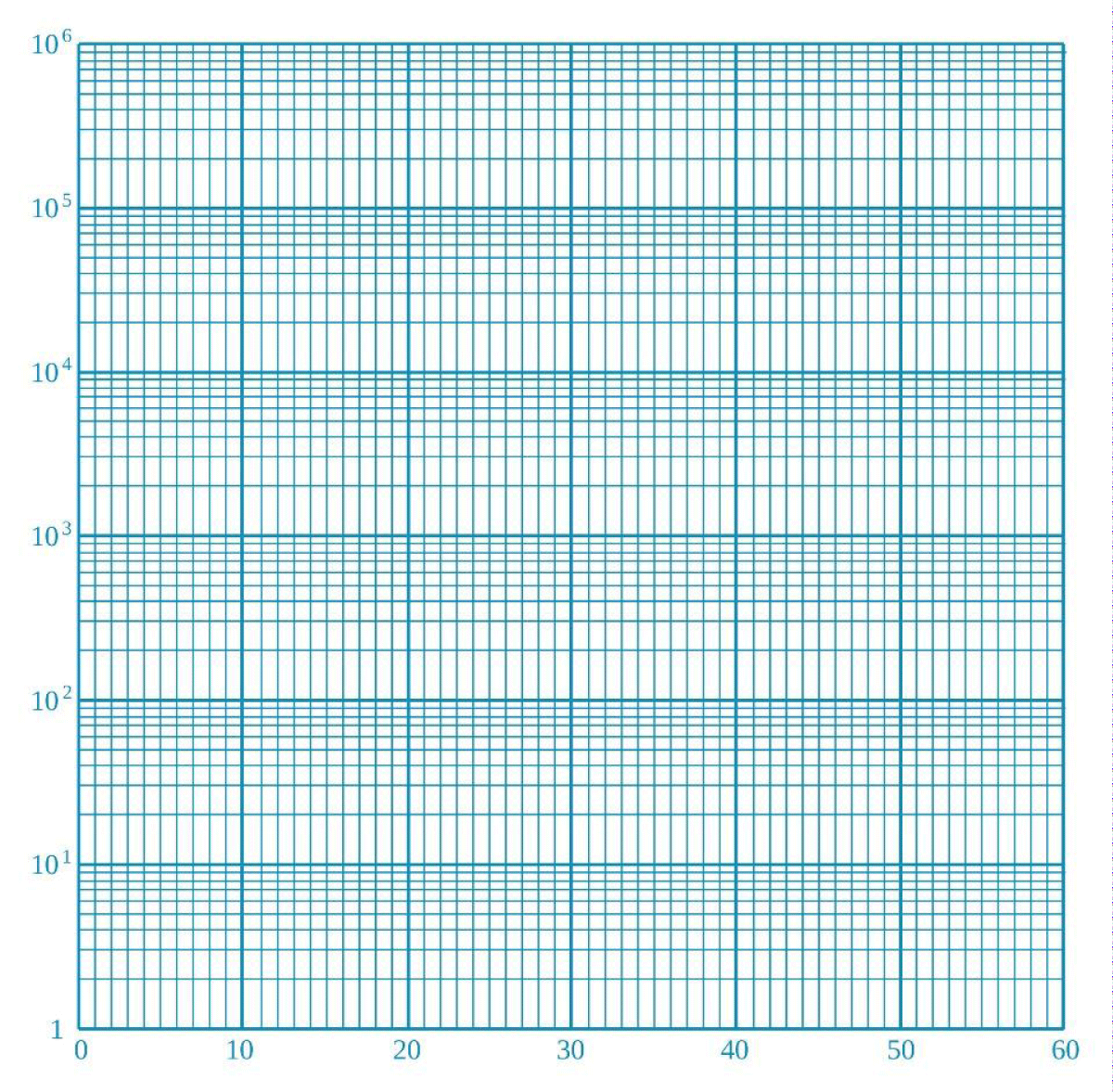More Information
Submitted: July 02, 2024 | Approved: August 01, 2024 | Published: August 02, 2024
How to cite this article: Maksoed WH. Nonlinear Numbers to Public Debt Growth through Mathematical Induction. Int J Phys Res Appl. 2024; 7(2): 122-123. Available from: https://dx.doi.org/10.29328/journal.ijpra.1001095
DOI: 10.29328/journal.ijpra.1001095
Copyright License: © 2024 Maksoed WH. This is an open access article distributed under the Creative Commons Attribution License, which permits unrestricted use, distribution, and reproduction in any medium, provided the original work is properly cited.
Nonlinear Numbers to Public Debt Growth through Mathematical Induction
Widastra Hidajatullah Maksoed*
Prodi of Physics, University of Indonesia, Depok 16424, Indonesia
*Address for Correspondence: Widastra Hidajatullah Maksoed, Prodi of Physics, University of Indonesia, Depok 16424, Indonesia, Email: hidajatulahmaksoed@gmail.com
Just as an individual is expected to control his/her debt-to-asset ratio, so is a government expected to control its national debt as a function of the country’s wealth, measured e.g. by its gross domestic product/GDP [1].
The study of the long-run relationship between public debt and growth relied upon heterogeneity across countries as well as under non-linear specifications [2].
Using total public debt data from 118 developing, emerging and advanced economies over the period 1960 to 2012 provides some evidence that countries with higher average debt-to-GDP ratios a more likely to see a negative effect on their long-run growth performance.
Underlying the static nonlinear model of empirical specification, herewith proposed mathematical induction on continuous nonlinear numbers to avoid the “chaos” of increasing debts.
Logarithmic per capita debt
The total current government debt D(t) increases from last year’s debt D(t-1) partially due to interest payments on the debt D(t-1) at interest rate ID(t), and partially because at the current primary deficit, defined as the difference between spending S(t+1) and taxes T(t+1). Thus,
D(t) = [1 + ID(t-1)] D(t-1) + [S(t) – T(t)].
Supported by empirical facts, defined the annualized logarithmic growth rate of per capita initial debt di (t):
log [di(t + Δt)] = αΔt + (1 – βΔt) log (di(t)]
Where β represents the “speed of convergence”.
From a viewpoint of classifying the collection of continuous numbers into linear and nonlinear numbers. Linear numbers have no asymptote and nonlinear numbers are associated with one or two asymptotes.
Nonlinear numbers always have continuity and always preserve continuity – meaning they always have the next step or the next number, dynamic, non-terminating, and can never be forced to stop. It stated that the logarithmic scale is the standard scale for nonlinear numbers (Figure 1).
Figure 1:
Convergence and mathematical induction
Nonlinear numbers as a group or series are adequate to represent time used to describe the expression of logarithmic per capita debt and consist of real numbers, natural numbers, and integers.
On behalf of convergence of β, ever established of Cauchy Convergence Criterion: A sequence of real numbers is convergent if and only if it is a Cauchy sequence.
However, we note that if ε > 0 is given, then there is a natural number H = H(ε/2) belonging to the set {n1, n2, …} such that
| xK – x* | < ε/2
And if n > = H(ε/2) since ε > 0 is arbitrary the sequence X = (xn) is convergent.
Further, we adopt The Principle of Mathematical Induction:
Let n be a natural number and let Pn be a statement that depends on n. If
i. P1 is true, and
ii. For all positive integer k, Pk+1 can be shown to be true if Pk is assumed to be true,
Then Pn is true for all natural numbers n.
An orthogonal system of fractal function is constructed explicitly for this space. Sufficient conditions for the uniform convergence of the fractal series expansion corresponding to this basis are also deduced [3].
- Petersen AM, Podobnik B, Horvatic D, Stanley HE. Scale Invariant Properties of Public Debt Growth. 2010; 90(3):38006.Available from: http://dx.doi.org/10.1209/0295-5075/90/38006
- Eberhatd M, Presbitero AF. Public Debt Growth: Heterogeneity and Nonlinearity. J.Int.Ec. 2015;97(1):45-58. Available from: https://doi.org/10.1016/j.jinteco.2015.04.005
- Navascues MA. FRctal Approximation. Complex.Anal.Oper.Theory. 2010; 4:953-974 Available from: https://link.springer.com/article/10.1007/s11785-009-0033-1
